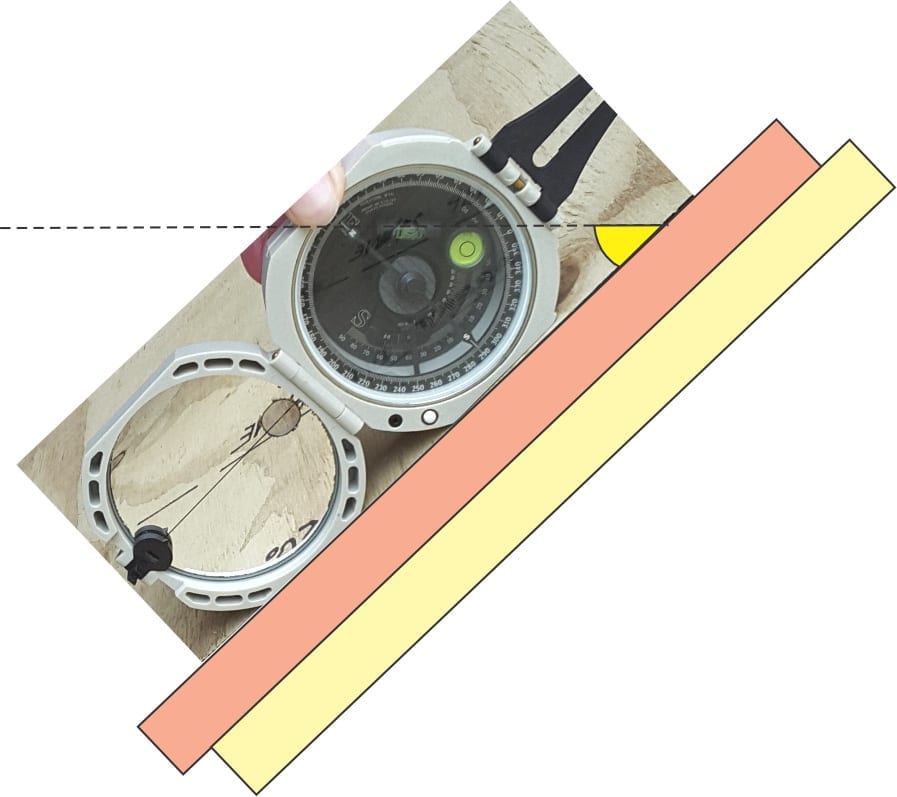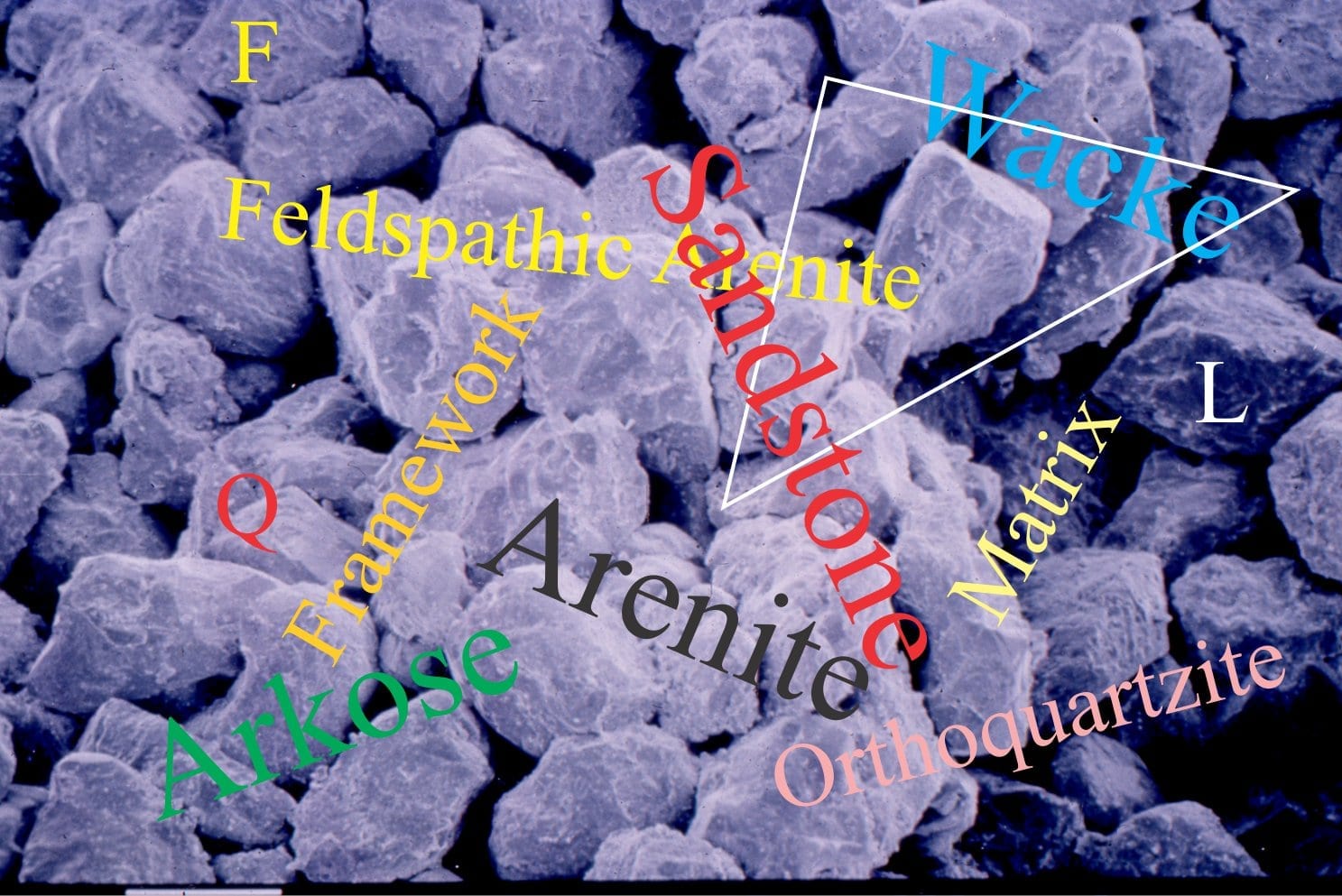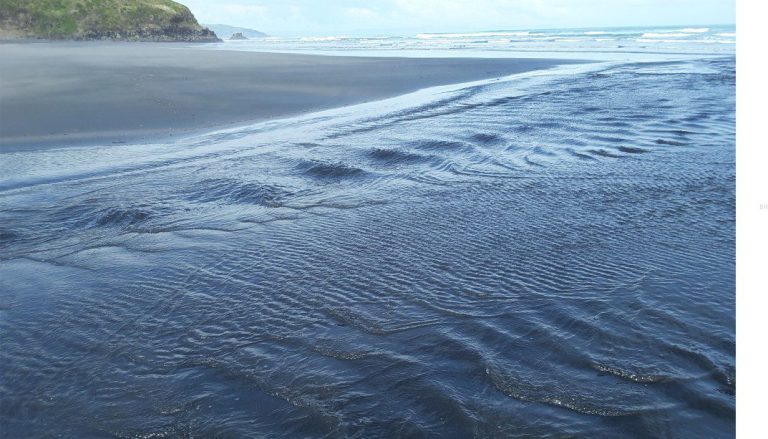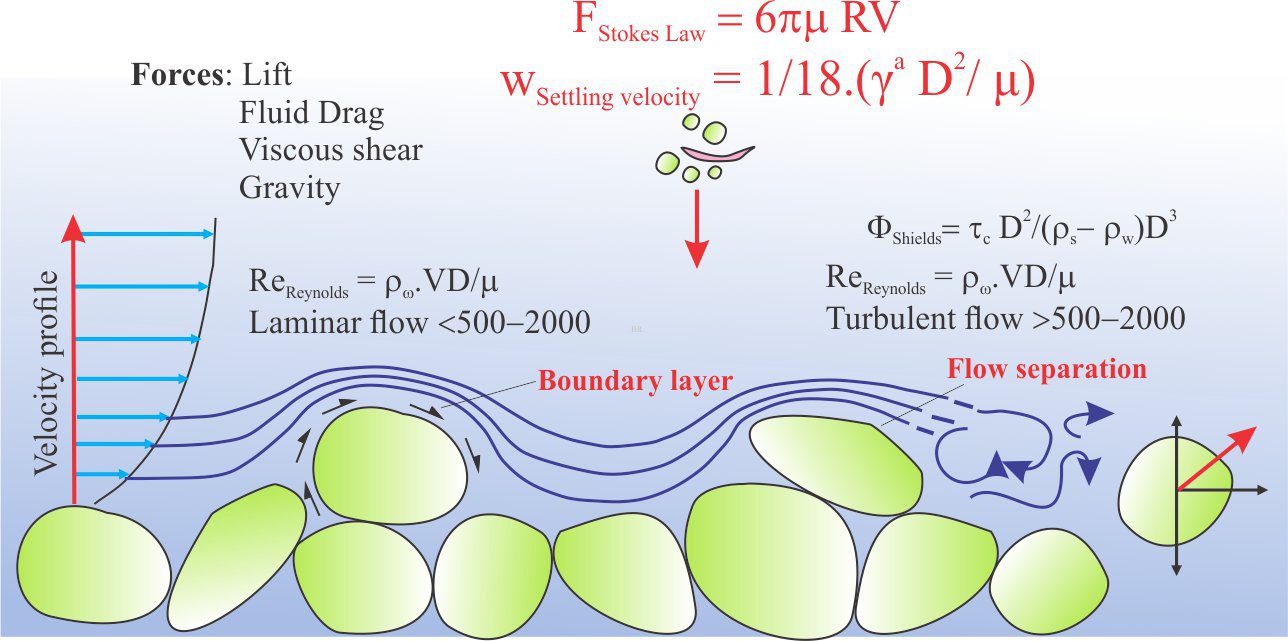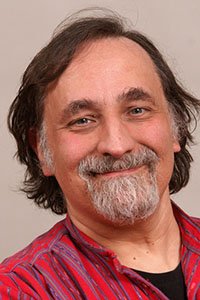
Current Position
CSE Distinguished Professor (Emeritus), Department of Earth and Environmental Sciences, University of Minnesota.
Education
PhD, 1983, Massachusetts Institute of Technology/Woods Hole Oceanographic Institution.
Research
The poetic language of sediments has been written by Earth itself, as processes both familiar and mysterious: river floods, coastal storms, earthquakes, land slides, and so on. The fundamental goal of my research program is to help decipher this greatest of all epics. Because the processes that create strata occur all around us, we can easily see and study them; because the recording is imperfect and develops over long time scales, we must learn to think about the familiar in new ways.
The processes that act to create the sedimentary record are as diverse, fascinating, and complex as the Earth’s surface itself. No one can study all of them; my own focus has been on fluvial processes. Apart from the sedimentary record as a motivating factor, a common theme of my group’s research is a combination of quantitative theoretical, experimental, and field work. I am not a believer in “technique-driven” science.
Most of my research is carried out in the congenial environment of St. Anthony Falls Laboratory (SAFL), a facility of the College of Science and Engineering, with frequent collaboration with one or more of the C.E. faculty at the lab. Our research group has worked extensively on stream braiding, creating the first models for the dynamics and time evolution of fully developed braided streams, a dominant contributor to the fluvial sedimentary record. We have also worked on sediment fractionation in depositional systems, a major factor that drives downstream changes in fluvial morphology and sedimentary character. Over the last two decades our focus has been on experimental stratigraphy. With our brilliant SAFL design engineers Jim Mullin and Chris Ellis in the lead, we created the first system for creating experimental strata with fully 3D programmable subsidence – the Experimental EarthScape (XES) facility at St. Anthony Falls Laboratory. Other work has focused on the effect of statistical fluctuations on preserved stratigraphy, delta evolution and restoration, and dynamics of fluvial avulsion. (extracted from the UOM website).
Honors and Awards
1992-93, 1995-96, Institute of Technology (CSE) Outstanding Instructor Award
1994 Morse-Alumni Award for Contributions to Undergraduate Education
1994 Tate Award for Outstanding Academic Advising
1998, Fellow, Geological Society of America
2007, Fellow, American Geophysical Union
2008, College of Science & Engineering Distinguished Professor
2009-10, Leverhulme Visiting Professor, Imperial College London
2011, Lyell Medal, Geological Society of London
Contact
Contact: Email: cpaola@umn.edu
